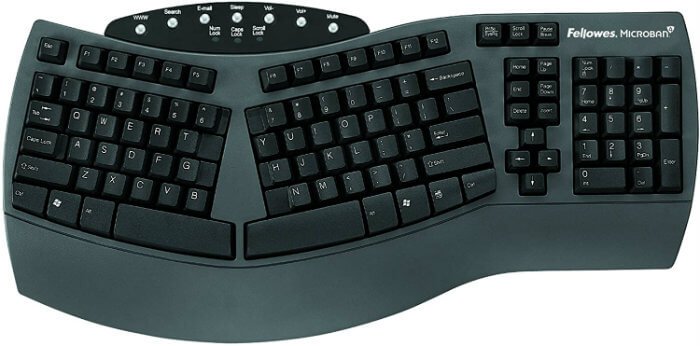
If you lay your wrists flat on a table in front of your keyboard, you’ll have to bend your wrists up for them to reach the keys. Depending on the width of the keyboard, you may reach laterally, twisting your wrist in an unnatural way and overextending your fingers, to hit certain keys. First, you twist your arms so they lay flat, parallel to the keyboard. Typing on a keyboard forces you to make a series of unnatural movements. To understand how ergonomic keyboards improve things for you, it helps to talk about all the ways that using a keyboard can cause RSIs. Ergonomic keyboards theoretically reduce that damage by eliminating some of the unnatural and, whether you notice it or not, strenuous motions involved with typing, gaming, and otherwise using a keyboard. If you sit at a keyboard and type all day, five days a week, some damage is likely, if not inevitable. Repetitive stress injuries (RSIs), which are caused by making the same motions over and over again over a long period of time, are endemic to using a keyboard and mouse. Ergonomic boards are designed to mitigate the damage that using a keyboard does to your hands, wrists, and shoulders after years of daily use.


Investing in an ergonomic keyboard is more than a technical upgrade it’s an investment in your health. Best Hosted Endpoint Protection and Security Software.


 0 kommentar(er)
0 kommentar(er)
